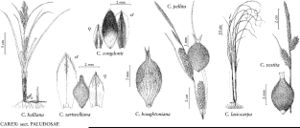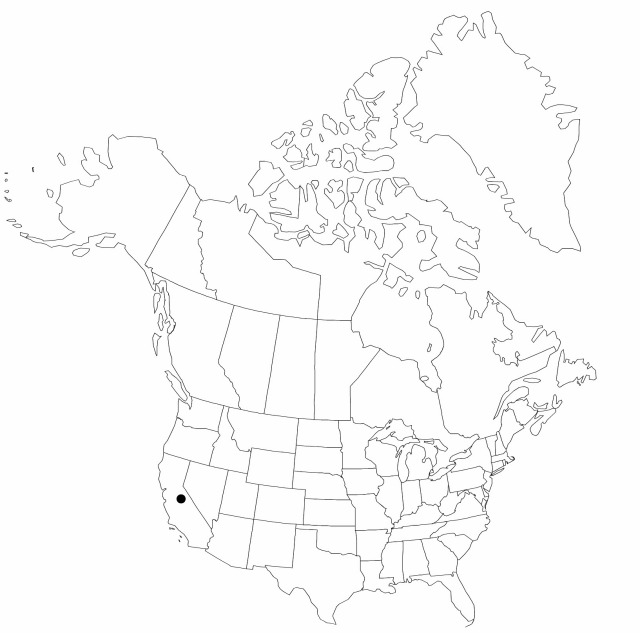Difference between revisions of "Carex congdonii"
Bot. Gaz. 21: 6. 1896.
FNA>Volume Importer |
imported>Volume Importer |
||
| (2 intermediate revisions by 2 users not shown) | |||
| Line 6: | Line 6: | ||
|place=21: 6. 1896 | |place=21: 6. 1896 | ||
|year=1896 | |year=1896 | ||
| + | }} | ||
| + | |special_status={{Treatment/ID/Special_status | ||
| + | |code=F | ||
| + | |label=Illustrated | ||
| + | }}{{Treatment/ID/Special_status | ||
| + | |code=E | ||
| + | |label=Endemic | ||
}} | }} | ||
|basionyms= | |basionyms= | ||
| Line 45: | Line 52: | ||
|publication title=Bot. Gaz. | |publication title=Bot. Gaz. | ||
|publication year=1896 | |publication year=1896 | ||
| − | |special status= | + | |special status=Illustrated;Endemic |
| − | |source xml=https:// | + | |source xml=https://bitbucket.org/aafc-mbb/fna-data-curation/src/2e0870ddd59836b60bcf96646a41e87ea5a5943a/coarse_grained_fna_xml/V23/V23_921.xml |
|genus=Carex | |genus=Carex | ||
|section=Carex sect. Paludosae | |section=Carex sect. Paludosae | ||
Latest revision as of 20:44, 5 November 2020
Plants cespitose; rhizomes short. Culms central, trigonous, 30–90 cm, smooth. Leaves: basal sheaths reddish purple tinged; ligules 6–17 mm; blades green, M-shaped, 3–8 mm wide, pubescent abaxially and on apex of inner band of distalmost sheaths, glabrous or nearly so adaxially, especially distally. Inflorescences 7–20 cm; proximal 2–4 spikes pistillate, ascending; distal spikes erect; terminal 1–2 spikes staminate. Pistillate scales ovate, apex acute, pubescent abaxially, ciliate. Perigynia ascending, purplish tinged distally, ± veinless except for 2 main ribs, ovoid, 3–4 × 1.2–1.8 mm, pubescent; beak 0.3–0.8 mm, ± irregularly bidentulate or erose, hyaline, ciliate.
Phenology: Fruiting Jul.
Habitat: Open alpine and subalpine screes
Elevation: 2600–3900 m
Discussion
Carex congdonii is sometimes submerged into C. sartwelliana, but in addition to the differences noted in the key and its different habitat, the pistillate scales of the species are usually shorter than the perigynia, exposing the distal purple portion and thus giving the spike a distinctive, dark cast.
Selected References
None.

